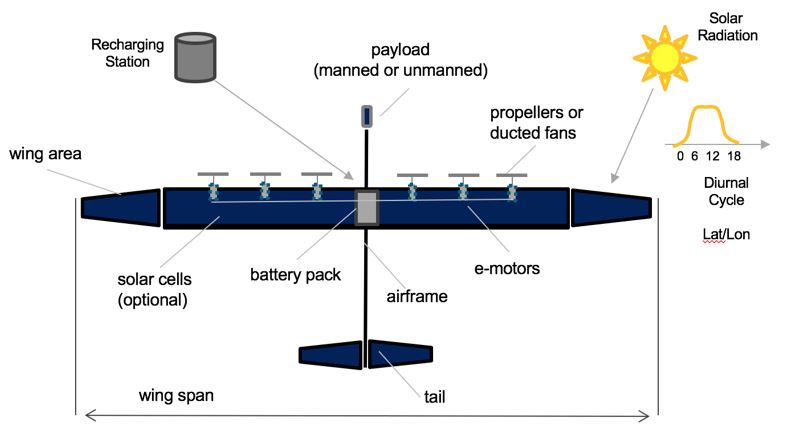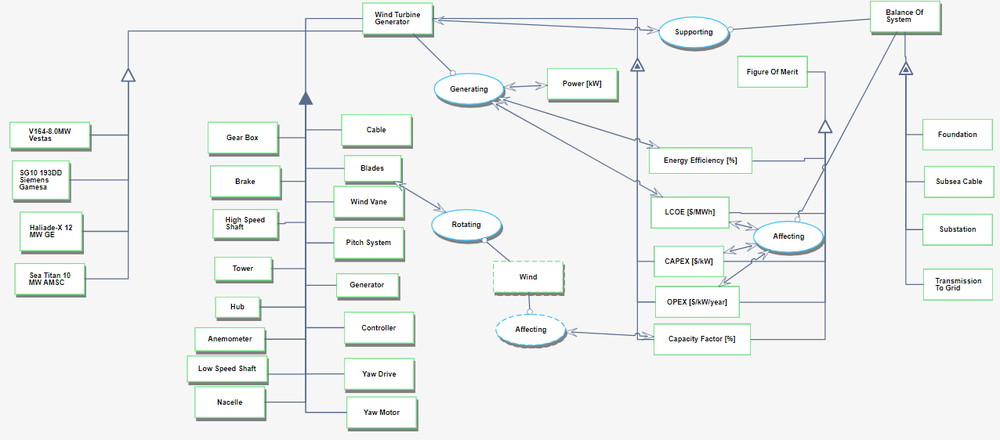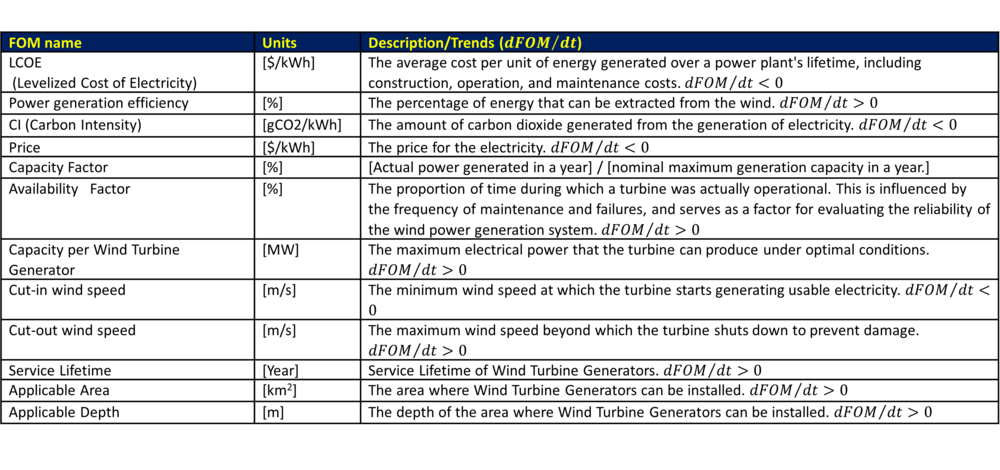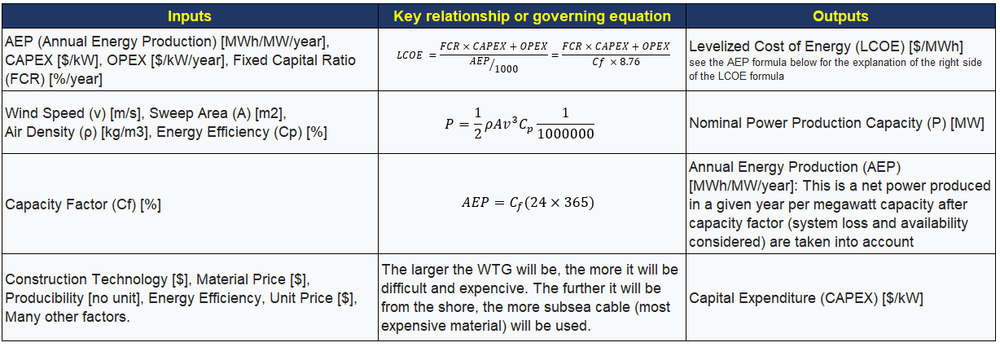Difference between revisions of "Floating Offshore Wind Turbine Generator"
| Line 8: | Line 8: | ||
==Roadmap Overview== | ==Roadmap Overview== | ||
[[File:Section 1.JPG]] | |||
Offshore wind power is a type of wind power generation that converts the power of the wind into electricity, mainly at sea or on lakes. As the global trend calls for a shift to renewable energy sources, wind power is playing an important role among them. Onshore wind power is gradually being introduced; for example, as of 2022, the cumulative global wind power capacity will reach 906 GW. | Offshore wind power is a type of wind power generation that converts the power of the wind into electricity, mainly at sea or on lakes. As the global trend calls for a shift to renewable energy sources, wind power is playing an important role among them. Onshore wind power is gradually being introduced; for example, as of 2022, the cumulative global wind power capacity will reach 906 GW. | ||
| Line 16: | Line 19: | ||
Floating wind turbines, on the other hand, can be used in countries with small coastal areas or in areas with deep waters, because they can be installed in deeper waters and there are fewer restrictions on where they can be installed. For example, Japan, the west coast of the United States, and Norway are candidates. Currently, the floating system is still in its technological infancy, with particular issues being stability at sea, how to transport electricity on land, and cost reduction. In fact, the cost of the floating type is said to be about twice that of the implantation type, and large-scale commercialization is expected to take time. However, as technology advances, the introduction of floating offshore wind power is expected to increase significantly in the future. | Floating wind turbines, on the other hand, can be used in countries with small coastal areas or in areas with deep waters, because they can be installed in deeper waters and there are fewer restrictions on where they can be installed. For example, Japan, the west coast of the United States, and Norway are candidates. Currently, the floating system is still in its technological infancy, with particular issues being stability at sea, how to transport electricity on land, and cost reduction. In fact, the cost of the floating type is said to be about twice that of the implantation type, and large-scale commercialization is expected to take time. However, as technology advances, the introduction of floating offshore wind power is expected to increase significantly in the future. | ||
It is expected that technological innovation and government support measures will lead to the expansion of offshore wind power generation, including floating wind power. | It is expected that technological innovation and government support measures will lead to the expansion of offshore wind power generation, including floating wind power. | ||
==Design Structure Matrix (DSM) Allocation== | ==Design Structure Matrix (DSM) Allocation== | ||
Revision as of 12:35, 9 October 2024
Technology Roadmap Sections and Deliverables
Team 20 is to present a "level 3” roadmap of Floating Offshore Wind Turbine Generators. The following code is the identifier.
- 3FOWTG - Floating Offshore Wind Turbine Generator
Roadmap Overview
Offshore wind power is a type of wind power generation that converts the power of the wind into electricity, mainly at sea or on lakes. As the global trend calls for a shift to renewable energy sources, wind power is playing an important role among them. Onshore wind power is gradually being introduced; for example, as of 2022, the cumulative global wind power capacity will reach 906 GW.
On the other hand, onshore wind power accounts for the majority of this capacity, with offshore wind power accounting for only 7.1%. This is because offshore wind power is a relatively new technology, and technical limitations and high costs have been the main factors that have slowed its introduction. In particular, the harsh marine environment, technical challenges in transporting electricity over long distances, and higher facility construction and maintenance costs than for onshore wind have hindered its introduction. However, with advances in technology and cost reductions, the introduction of offshore wind power has begun to gain momentum in recent years, and it is considered an important pillar of the renewable energy field in the future. In particular, countries surrounded by oceans are expected to increase their energy self-sufficiency by utilizing their abundant wind resources.
There are two types of offshore wind power technologies: “implantable” and “floating. The implantation type is a method in which the generator is fixed to the seabed and is usually installed in shallow water within 50 meters in depth. This method is characterized by its mature technology and its ability to achieve high power generation efficiency through the use of large, robust generators. In Europe, where there are many shallow waters, this implantation type is the mainstream. In Europe as a whole, offshore wind power is already a major source of renewable energy in many countries, with more than 50 GW of installed capacity as of 2021.
Floating wind turbines, on the other hand, can be used in countries with small coastal areas or in areas with deep waters, because they can be installed in deeper waters and there are fewer restrictions on where they can be installed. For example, Japan, the west coast of the United States, and Norway are candidates. Currently, the floating system is still in its technological infancy, with particular issues being stability at sea, how to transport electricity on land, and cost reduction. In fact, the cost of the floating type is said to be about twice that of the implantation type, and large-scale commercialization is expected to take time. However, as technology advances, the introduction of floating offshore wind power is expected to increase significantly in the future.
It is expected that technological innovation and government support measures will lead to the expansion of offshore wind power generation, including floating wind power.
Design Structure Matrix (DSM) Allocation
The 2-WTB tree in the upper right corner displays some of the key components of a wind turbine (2WTB), that when individually improved, enhance the overall performance and figures of merit of the wind turbine. The wind turbine can be broken down into its three main portions: a tower (3TWR), a nacelle (3NCL) and a rotor (3ROT). The three main wind turbine parts stand on the shoulders of other technologies, which if removed or damaged, can significantly affect the wind turbine. The tree can then be expanded into a more complex matrix that shows how most of its components are interconnected. Many of the parts are connected physically, some transfer energy, and others share information. The tree also exposes the purpose of the wind turbine itself, which is to aid in overall electricity generation or electrification (1ELE). Wind turbines can be combined into wind farms which together can replace a carbon releasing power plant.
Roadmap Model using OPM
Team 20 hereby displays OPD of 3FOWTG – Floating Offshore Wind Turbine Generator (WTG) This consists of level 3 decomposed WTG, associated products and figure of merit (FOM). Associated OPL is displayed below. This represents the relationships among each object shown in the OPM above.
Figures of Merit
The table below is to show a list of FOMs of 2WTG.
The unit cost, and capacity per wind turbine are both extremely important figures of merit. When looking into what wind turbine to buy, these would influence which brand and model should be purchased. While one wind turbine may be significantly cheaper than another, the capacity of a more expensive turbine might be much greater. It is also important to consider the availability of the turbine. This is essentially average hours of operation due to unfavorable wind conditions. There is a range of wind speeds any turbine can operate at, from the cut in wind speed at the lower end of the range, to the maximum safe operating speed at the high end. The region in which a wind turbine is assembled affects the availability of the turbine, but by expanding the operational wind speeds, the availability can be increased.
Furthermore, a couple of detail FOM with related formula and relationship is shown in the table below.




